As we approach 2025, the trend of open shelving in home design is starting to wane. Once celebrated for its modern and airy feel, open shelving is now being reconsidered.
Here are 10 compelling reasons why homeowners and designers are beginning to turn away from this once-popular trend.
1. Dust Accumulation
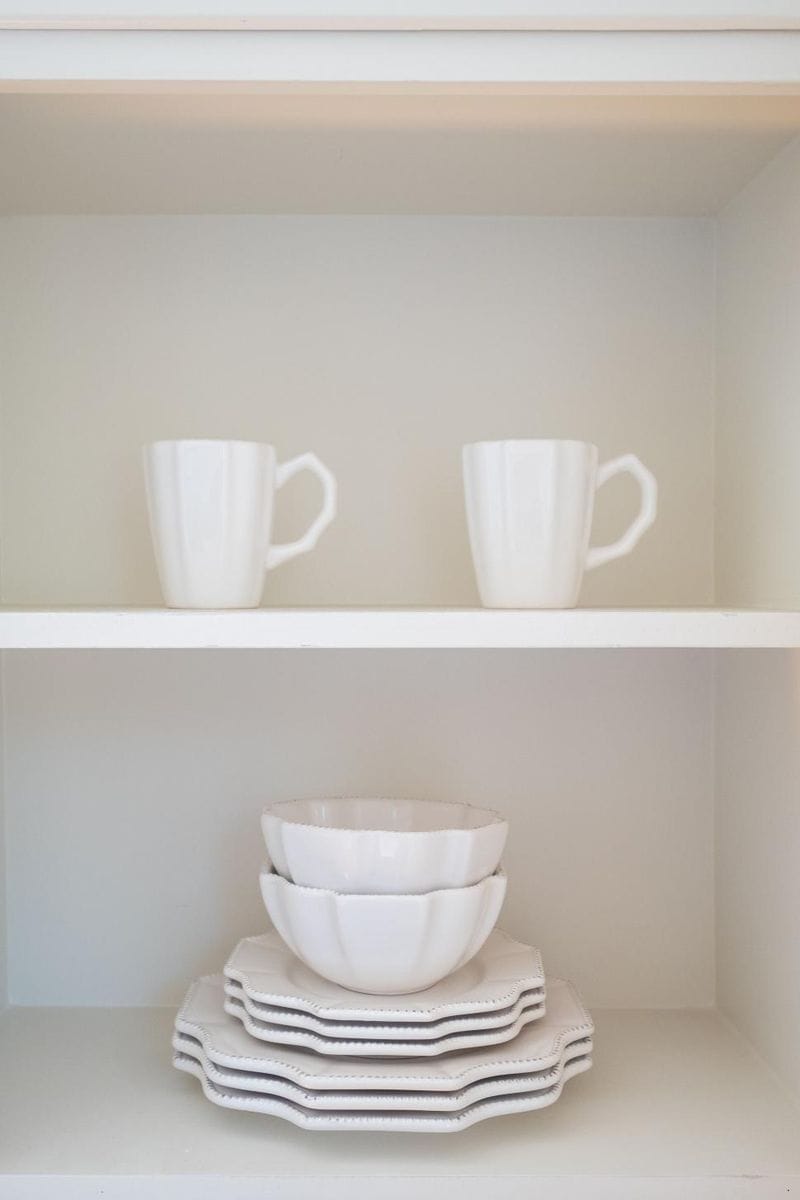
Open shelving tends to accumulate dust and dirt over time, requiring frequent cleaning. This can be particularly challenging in busy households.
Homeowners find themselves constantly wiping down shelves and items, which can become tedious. For those seeking convenience, closed cabinets are a more practical solution.
Also, dust can settle on frequently used utensils, leading to hygiene concerns. This aspect makes open shelving less appealing to those prioritizing cleanliness and efficiency in their kitchen design.
2. Visual Clutter
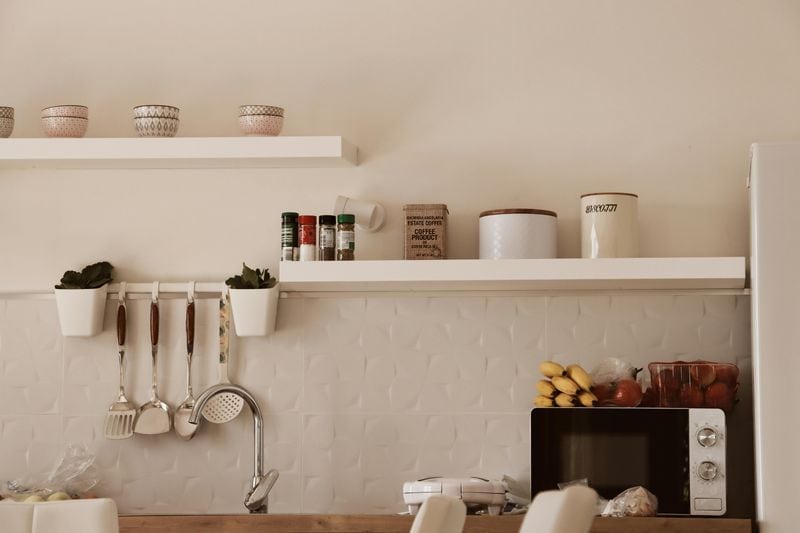
Open shelves often lead to visual clutter, especially when filled with everyday items. This can disrupt the clean lines and simplicity that many strive for in modern homes.
For those who prefer a minimalist aesthetic, open shelving can be counterproductive, as it requires constant organization and styling.
Closed cabinets allow for a more streamlined look, hiding the messiness and offering a cohesive appearance that calms the mind and space.
3. Lack of Privacy

Open shelving lacks the privacy offered by closed cabinets, exposing personal items to visitors. This can be uncomfortable in spaces like bathrooms or bedrooms.
Many people value the ability to keep their personal belongings hidden, maintaining a sense of intimacy in their private spaces.
Closed storage solutions provide the necessary coverage and discretion, making them preferred in areas where privacy is paramount.
4. Maintenance Challenges
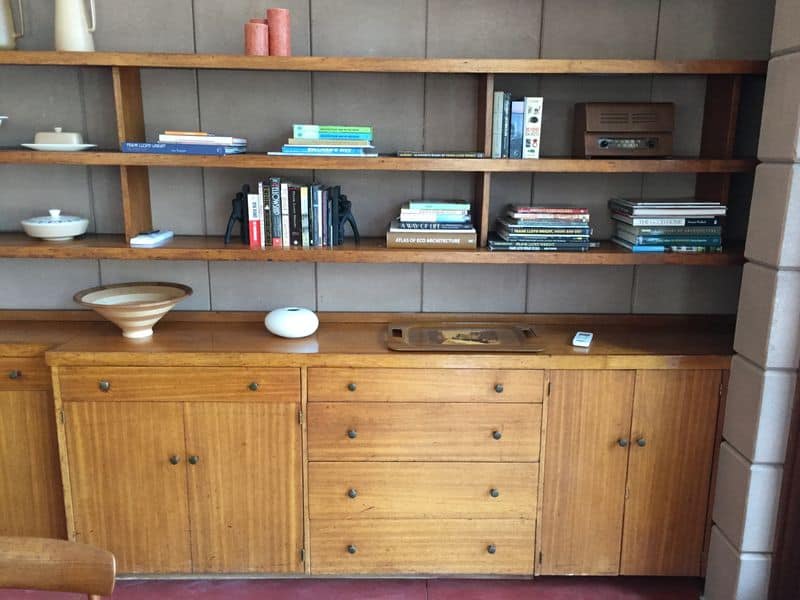
Maintaining organization on open shelves can be challenging, requiring regular attention to prevent chaos. This is particularly true in kitchens where functionality is key.
Homeowners often find it difficult to keep items neatly arranged, leading to frustration over time.
Closed cabinets offer a practical alternative, allowing for easy organization without the constant need for upkeep, making them more suitable for busy lifestyles.
5. Limited Adaptability
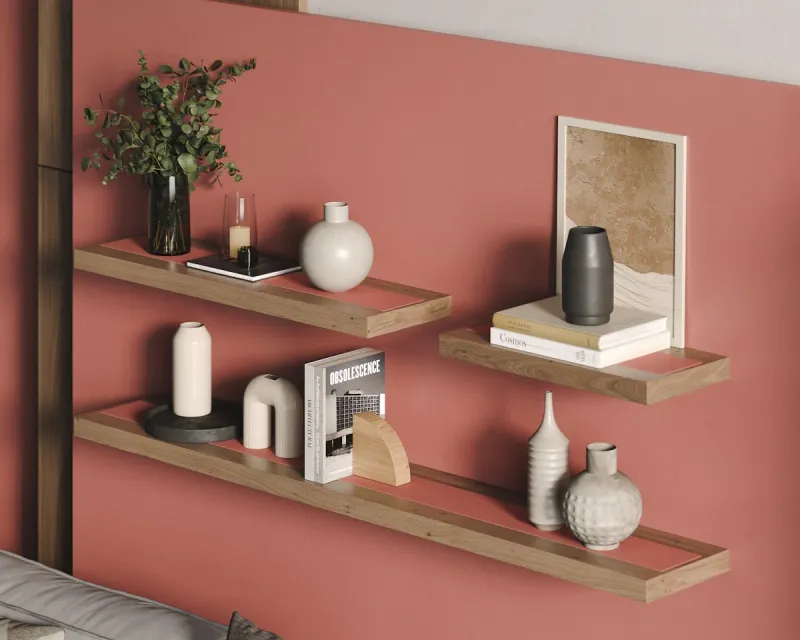
Open shelving can limit adaptability and versatility in living spaces. The fixed nature of shelves restricts rearrangement possibilities.
In smaller homes or apartments, this can prevent optimal space utilization, as residents are unable to modify storage solutions.
Closed cabinets, on the other hand, provide flexibility, allowing homeowners to easily adapt their storage to evolving needs, making them a preferable choice for dynamic living environments.
6. Safety Concerns
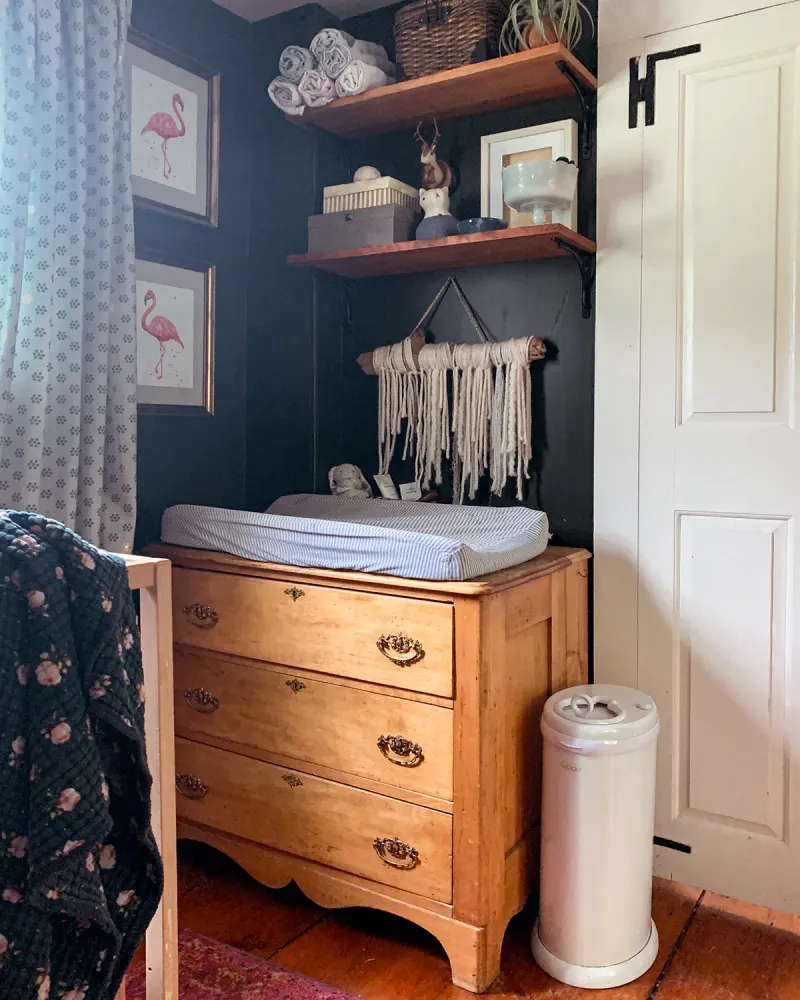
Open shelves pose safety concerns, particularly in homes with children or pets. Items can easily fall, leading to potential accidents.
The accessibility of open shelves might tempt young ones to climb them, increasing the risk of injury.
Closed cabinets provide a safer alternative, securing items behind doors and reducing hazards, ensuring peace of mind for families.
7. Style Limitations
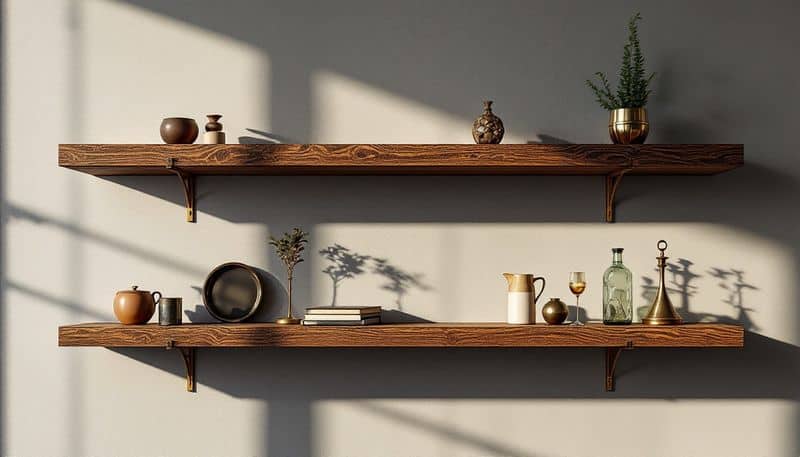
Open shelving often clashes with certain interior styles, limiting design choices. Homes with traditional or classic aesthetics may find open shelves out of place.
Achieving a harmonious look can be difficult, as open shelving tends to lean towards modern or industrial designs.
Closed cabinets offer versatility in styling, complementing various aesthetics, from rustic to contemporary, providing a cohesive and unified appearance.
8. Decreased Resale Value
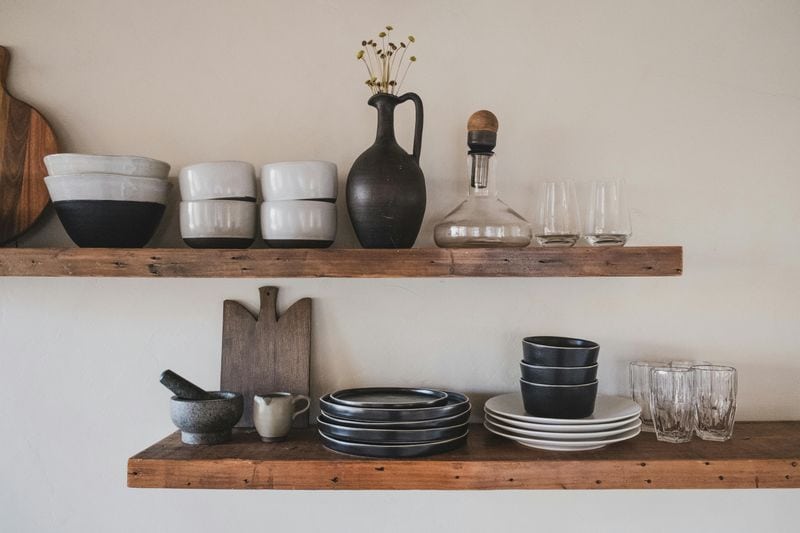
Open shelving can decrease home resale value, as it might not appeal to all buyers. Preferences for storage solutions vary greatly.
Potential buyers often seek functionality and convenience, which open shelving may not provide.
Incorporating closed cabinets caters to a broader audience, enhancing desirability and potentially increasing property value in the competitive housing market.
9. Seasonal Decor Dilemmas
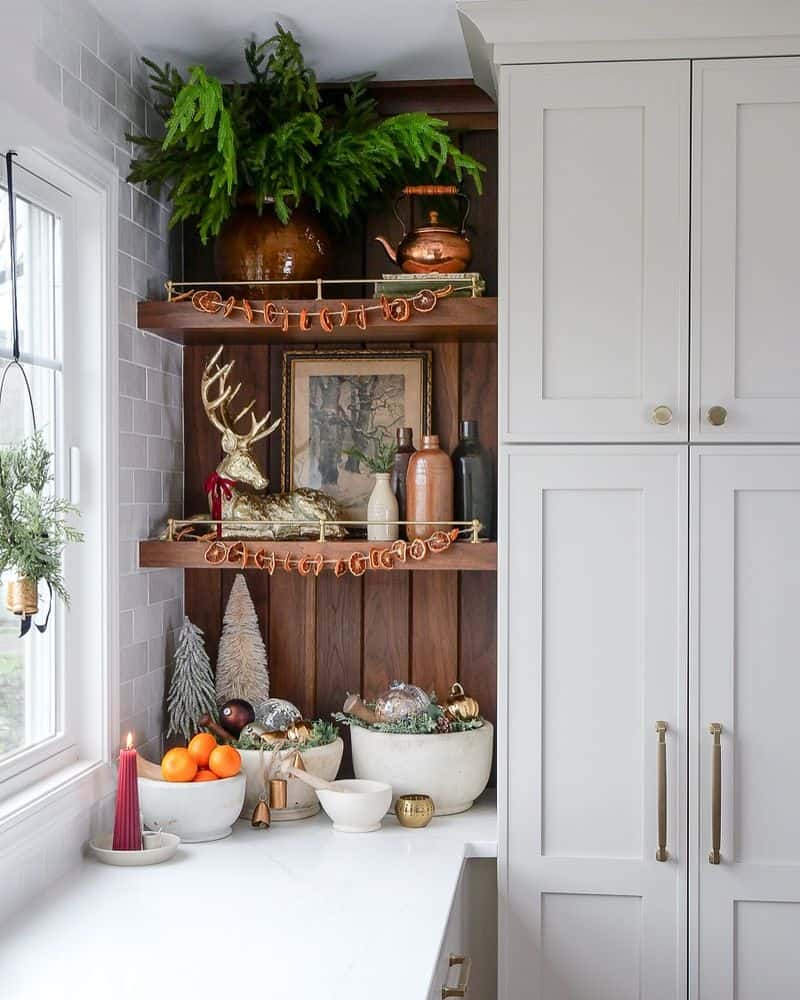
Open shelves can create challenges when incorporating seasonal decor. Limited space requires careful arrangement to avoid overcrowding.
Homeowners may struggle to balance everyday items with festive decorations, leading to an unsatisfactory display.
Closed cabinets offer the freedom to store seasonal items out of sight, easing the transition between seasons and allowing for a clutter-free environment.
10. Aesthetic Fatigue
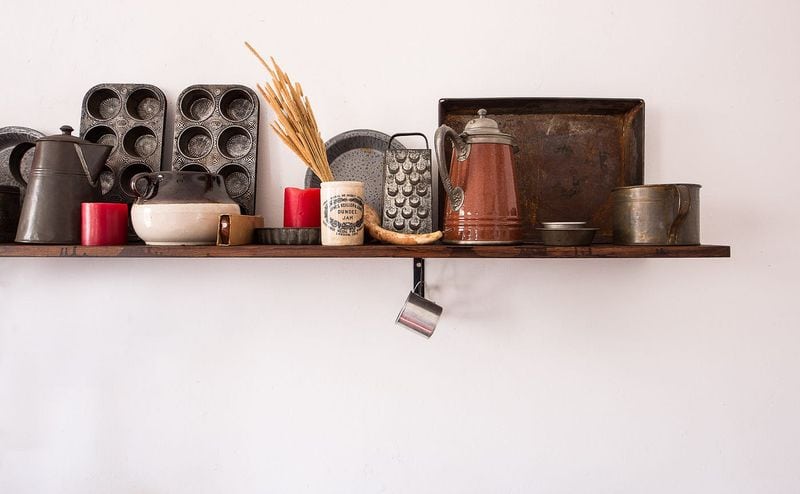
The aesthetic appeal of open shelving can fade over time as design trends shift. What was once trendy may seem outdated.
Homeowners seeking a timeless look may find open shelving too dependent on current fads.
Closed cabinets provide a classic and enduring design, less susceptible to the changing tides of interior fashion, ensuring longevity and satisfaction.

